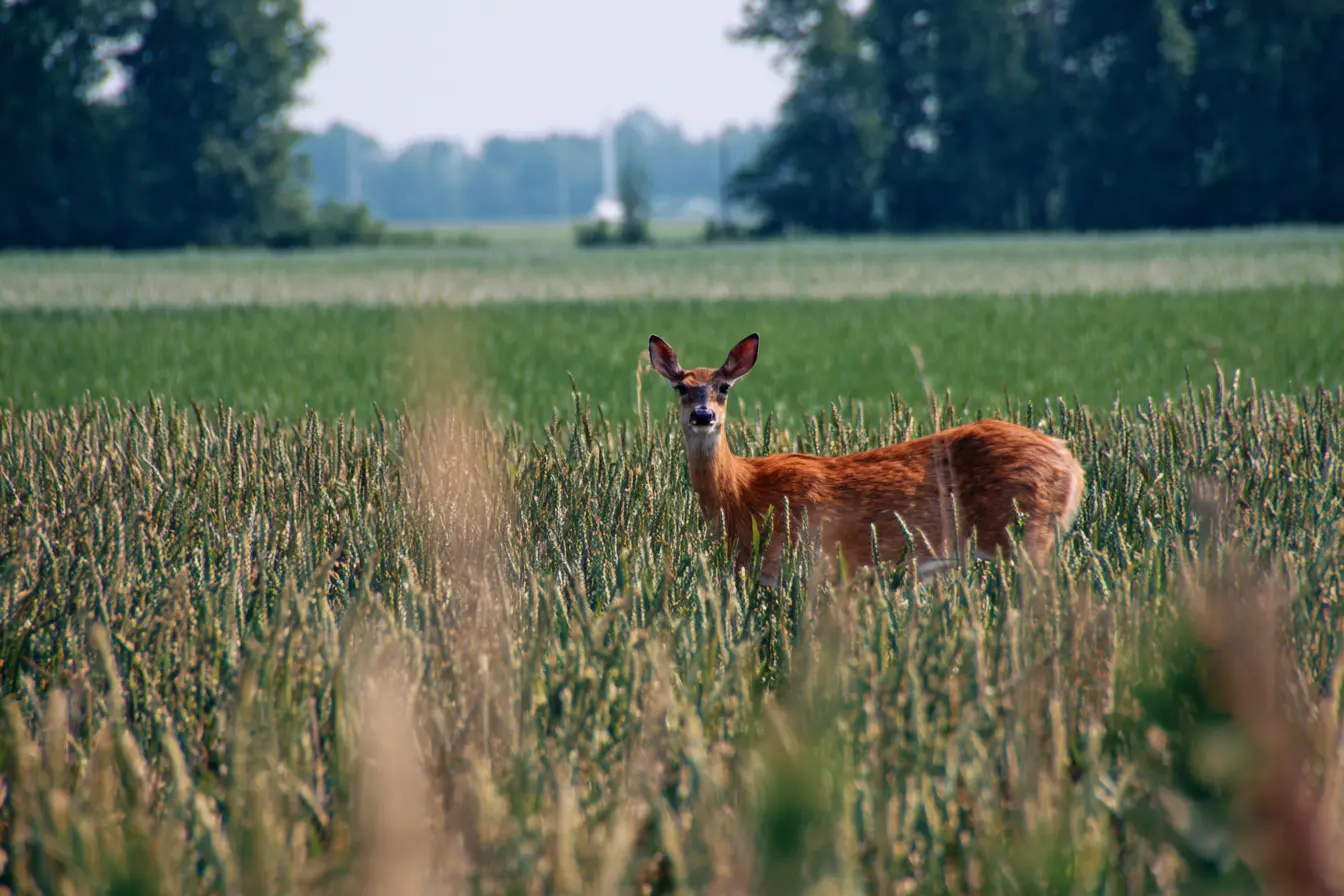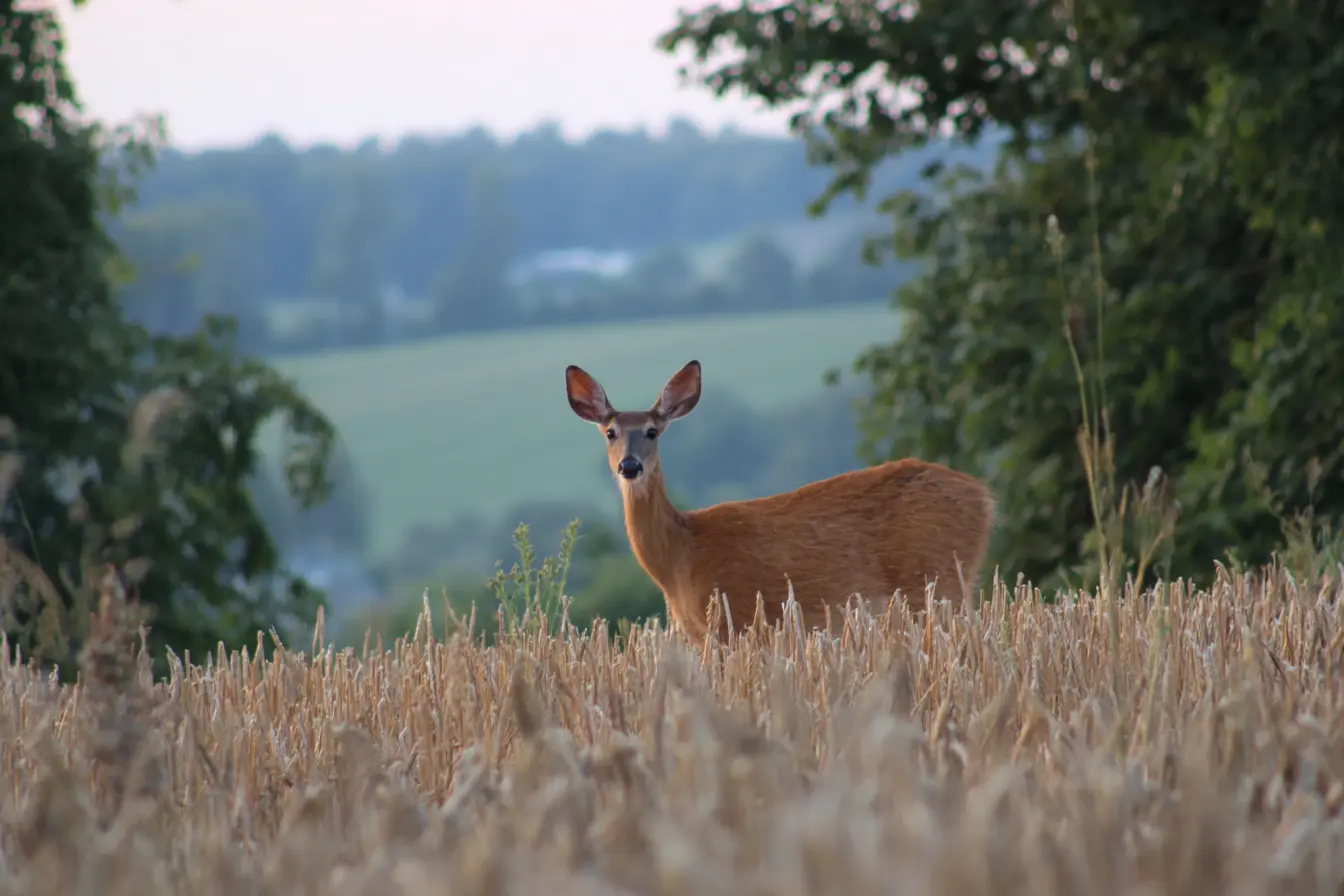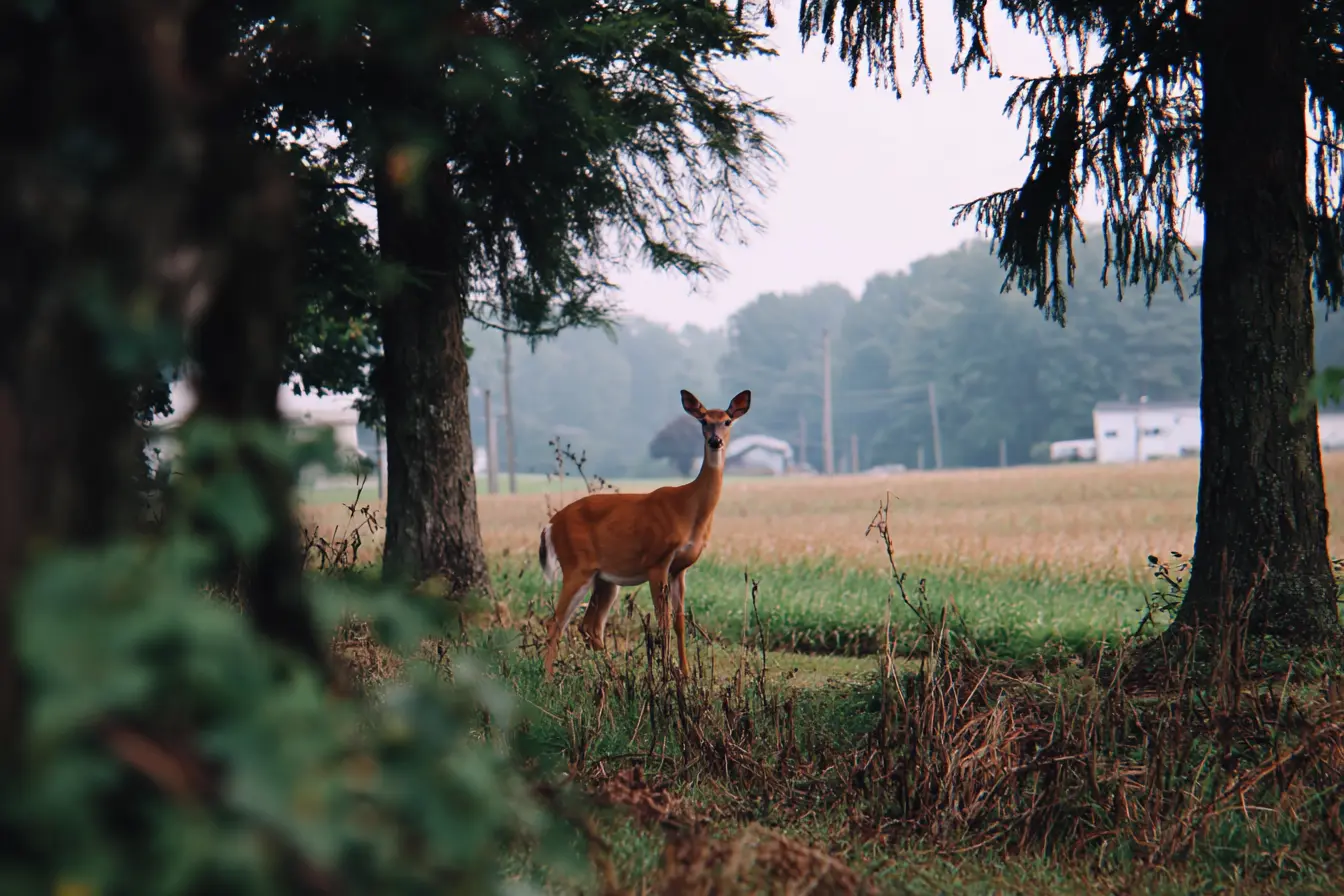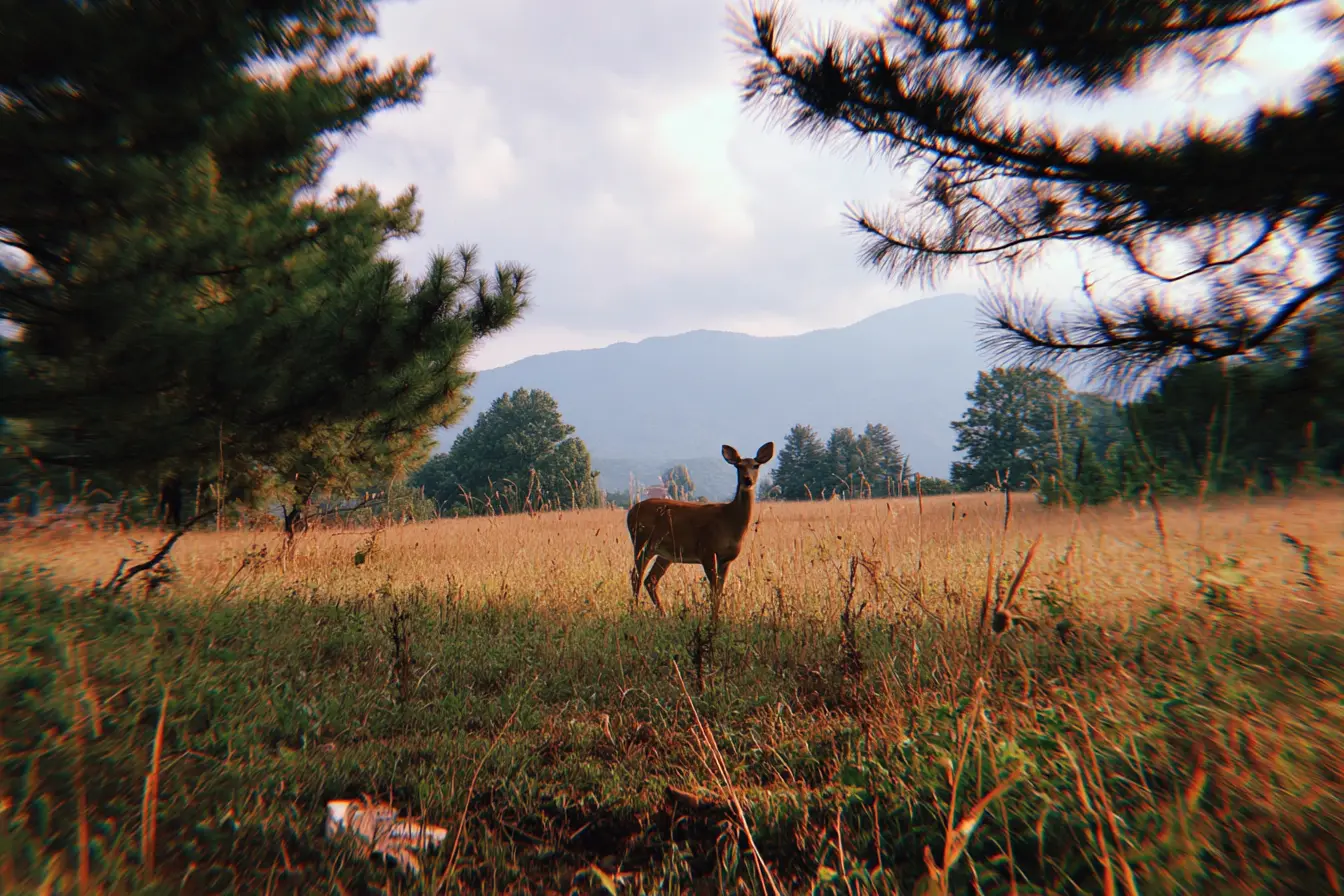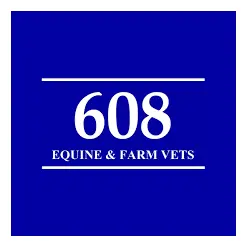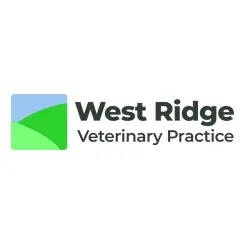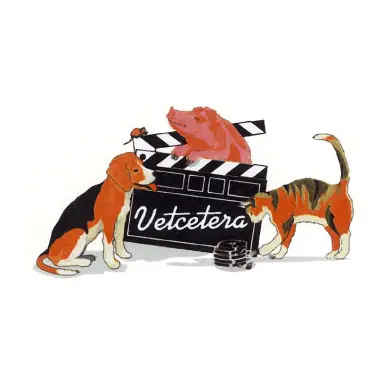
Deer Populations in the UK: A Call for Balance
The image of deer in the British countryside has long been a symbol of the nation’s natural heritage, from the red deer rutting on Scottish hillsides to roe deer quietly grazing in southern woodlands. But in recent decades, this serene image has become complicated. The UK’s deer populations have surged to historically high numbers, and with this comes a growing recognition of the environmental, agricultural and even human health consequences of such an imbalance.
This detailed overview will explore the scale of the population boom, the implications for landscapes and farming, potential health concerns, and the multifaceted efforts underway to address these challenges.
Deer Numbers: A Surge in Sightings and Spread
Deer have existed in the UK for thousands of years, with species like red and roe deer native to these isles. However, today’s numbers are far higher than at any other point in recorded history. It’s estimated there are now over two million deer across the UK. This marks a fourfold increase since the 1970s, when numbers hovered around 450,000.
All six deer species in the UK have contributed to this expansion:
- Red deer – the largest native species, with significant populations in Scotland, parts of Wales, and the Lake District.
- Roe deer – native to the UK and common in woodlands and farmland edges.
- Fallow deer – introduced by the Normans, they have become widespread in England and parts of Wales.
- Sika deer – an introduced species that has established in parts of Scotland and northern England.
- Muntjac deer – introduced in the early 20th century, now widely spread in southern and central England.
- Chinese water deer – introduced in the early 1900s, these deer are now found primarily in the East of England, with some areas reporting densities of over 100 deer per square kilometre.
The reasons for this growth are complex. Milder winters and a lack of natural predators have allowed populations to flourish. Changes in land management, such as increased woodland planting and changes in agricultural practices, have also provided more habitat and food sources. Additionally, deer are highly adaptable, able to thrive in diverse environments ranging from ancient woodlands to modern suburban gardens.
Ecological Consequences: Browsing Pressure and Biodiversity Loss
Deer are browsers, feeding on a wide range of plants and tree seedlings. In areas where deer densities are high, this browsing pressure prevents the natural regeneration of woodlands. Young trees such as oak, ash and birch are particularly vulnerable, meaning that without human intervention, future woodland structure and biodiversity are compromised.
The broader consequences are stark. The loss of understorey and young tree growth reduces habitat for countless other species. Birds that nest in dense undergrowth, like the nightingale and the willow warbler, are declining in areas heavily browsed by deer. Invertebrates, fungi, and small mammals that depend on a varied woodland structure also suffer. Over time, these impacts ripple through ecosystems, reducing the complexity and resilience of natural habitats.
Agricultural Impacts: Crop Damage and Financial Costs
For farmers and landowners, deer are increasingly a financial challenge. Deer regularly venture into farmland, feeding on cereal crops, vegetables, and even high-value fruit crops. These incursions can result in significant losses. In some cases, individual farms have reported damage running into tens of thousands of pounds annually.
Moreover, deer can damage fencing, hedgerows and watercourses. In regions with large deer populations, repeated trampling and grazing of young crops can set back yields by months, eroding the profitability of farms already under pressure from other environmental and economic challenges.
Health Concerns: Monitoring Disease and Human Risks
The health of the UK’s deer populations also raises important questions. While the UK has so far been spared from Chronic Wasting Disease (CWD)—a highly contagious and fatal disease affecting deer in North America—its emergence in parts of Europe has heightened concerns. UK authorities maintain rigorous surveillance to ensure early detection should CWD ever reach these shores.
Interactions between humans and deer can also lead to health issues for the animals themselves. A well-known case in the Scottish Highlands involved a stag that had become accustomed to being fed by tourists. The practice, though well-intentioned, resulted in health problems for the animal and ultimately led to it being put down.
There are also concerns for human safety. With more deer present, the risk of deer-vehicle collisions has increased, particularly in rural areas where roads cut through prime deer habitats. Such incidents can be fatal for both humans and deer, highlighting the need for careful management and public awareness.
Management Strategies: Towards Sustainable Solutions
Recognising these challenges, conservationists, farmers, and policymakers have begun to adopt a more active role in deer management. In some areas, culling has been expanded to reduce deer numbers and protect sensitive habitats. For example, Ashdown Forest in Sussex, historically linked to Winnie the Pooh, has seen the number of deer culled rise from around 250 to 1,000 annually. Such efforts aim to reduce browsing pressure and allow natural regeneration of woodlands.
Alongside culling, there is a push to turn the growing deer population into a sustainable resource. Organisations such as The Country Food Trust promote venison as a healthy and environmentally responsible meat option. By encouraging wider consumption of venison, these initiatives hope to create market incentives that support population control while also delivering social benefits, including nutritious food for vulnerable communities.
Policy development is also underway. The Department for Environment, Food & Rural Affairs (Defra) has launched consultations aimed at creating a more comprehensive deer management strategy. This work focuses not only on population control, but also on ensuring that deer welfare, habitat conservation and disease prevention are considered in an integrated manner.
The British Deer Society’s new “Together for Deer” strategy for 2024–2030 provides a framework for ethical management, scientific research, and public education. It highlights the need for collaboration between land managers, conservation bodies and local communities to ensure that future management is both humane and effective.
Looking Ahead: A Delicate Balance to Strike
The story of deer in the UK is a microcosm of the challenges we face in managing our relationship with the natural world. These animals are a vital part of Britain’s biodiversity, and their presence enriches our landscapes and cultural heritage. But left unchecked, their numbers can damage the very environments they rely on.
Effective deer management requires a balanced approach—one that respects the animals and the people who live alongside them, while also safeguarding habitats and wider ecological health. By combining sound science, collaborative policies and public engagement, there is an opportunity to ensure that deer continue to be a symbol of Britain’s wild places, rather than a source of ecological strain.
In the end, it is a question of balance: finding a way for deer to thrive within a landscape that can sustain both their beauty and the rich diversity of life that makes the British countryside so special.
Contents
- Deer Numbers: A Surge in Sightings and Spread
- Ecological Consequences: Browsing Pressure and Biodiversity Loss
- Agricultural Impacts: Crop Damage and Financial Costs
- Health Concerns: Monitoring Disease and Human Risks
- Management Strategies: Towards Sustainable Solutions
- Looking Ahead: A Delicate Balance to Strike
Tags
Related Vets
Vets near you
Speciality vets
- Aquatics vet specialists
- Birds vet specialists
- Camelids vet specialists
- Cats vet specialists
- Cattle vet specialists
- Deer vet specialists
- Dogs vet specialists
- Equines vet specialists
- Exotic vet specialists
- Goats vet specialists
- Pigs vet specialists
- Poultry vet specialists
- Sheep vet specialists
- Small Mammals vet specialists
- Wild vet specialists
